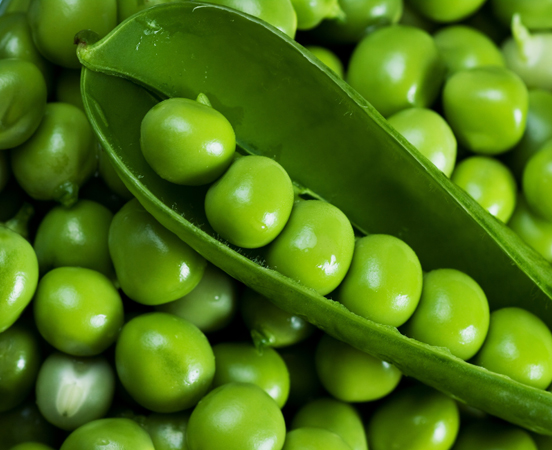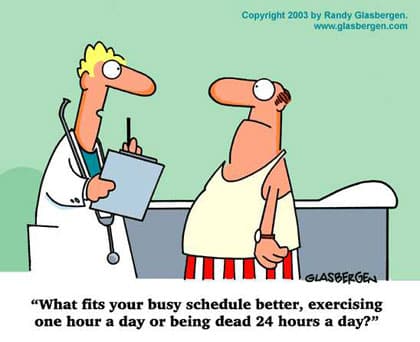Beginner’s Luck Running
As I finished a 5 mile run yesterday, I was thinking about how great it feels to have created a strong, fit body that can do things I would have never thought possible 5 years (and 2 kids) ago.
I remembered the beginning of my journey, and how special those first steps were. How the road was awfully bumpy sometimes, and particularly how thrilled I was the first time I saw muscle definition in my arms! (I recall the exact place I was, time of day, and what workout I was doing– it was just that incredible.
As a personal trainer, I love working with people at every stage of fitness, but I’m especially excited to have someone who is just starting with an exercise routine.
So, all you lucky peeps who are taking on your health for the first time, here’s why you have so many advantages as a beginner!
1) Your body responds more quickly because the nervous system is not yet conditioned to exercise. You will experience significantly faster strength gains in the first few months than someone who works out on a regular basis.You can often lose weight by simply walking, whereas a conditioned athlete needs a much more intense workout routine to lose weight and maintain muscle.
2) Because the nervous system is not yet efficient at signaling muscular contractions, it’s unlikely that a beginner is able to work hard enough to cause injury. More experienced athletes tend to push themselves harder or overestimate their strength and are more prone to injure themselves.(Speaking as one who has injured herself several times… um, yeah.)
3) Beginners with significant amount of pounds or inches to lose can shed the weight more quickly than their fit counterparts. Simply put, the more weight you carry, the harder your body works during exercise, and the more calories you burn. If you are 50 lbs (or more ) overweight, you can safely lose between 10-15 lbs a month. For others with less weight to lose, a more healthy goal is 4-8 lbs a month. I know a gentleman who lost almost 100 lbs in less than 6 months and at the end of a year was running marathons. That’s what beginners are capable of!
4) Its easier to work with someone who has unhealthy habits because altering those patterns creates fast results. Someone with a three-can-a-day soda habit could easily lose 5-8 lbs in a month by simply replacing soft drinks with naturally flavored sparking water. It can be more complicated to tweak a healthy person’s diet and see quick changes. Small changes for the beginner = significant, exciting results!
To set you up on the best possible track to success, here are some other tips for you {lucky} beginners:
Push yourself past perceived “limits.” If a 5 lb hand weight starts to feel “easy,” shift to a heavier resistance. As a rule, do 4-6 reps with the heaviest weights you can lift and still maintain proper form, 10-15 reps with medium weights, and 20-25 reps with light weights. If you can’t feel the burn, you’re probably not pushing yourself hard enough to build muscle— which is the ultimate goal. If walking 30 minutes starts to seem mundane, try alternating 5 minutes of light jogging with 5 minutes of power walking. You will be amazed at the results!
Incorporate 15-20 minutes of low-level aerobic activity at the END of your workout, preferably after resistance or strength training. This is when the body is in its most effective fat-burning mode.
Complete your workout with 5-10 minutes of light stretching to prevent the build up of lactic acid, which is a primary cause of post-workout muscle soreness.
Eat a 200-300 calorie, healthy, high protein snack within 30 minutes of completing a workout. This is the crucial time when your body needs nutrition for muscle recovery.
NEVER severely restrict calories when you begin a fitness routine. As your body begins to replace muscle with fat, you actually need to increase protein intake and ensure you are getting the nutrition you need to fuel new muscle mass. A pound of muscle burns about 50 more calories a day than fat. If you gain 5lbs of muscle, your body will burn an extra 250 calories a day without you “doing” anything at all. If you are restricting calories at the same time, new muscle tissue will be cannibalized in order to keep an energy supply for aerobic activity. Ironic, but true. You must maintain a healthy nutritional caloric intake in order to lose weight!
Use your clothes as a measure, not just the scale. (This seems to be more difficult for women to grasp than men, so listen up ladies!) Muscle weighs more than fat, but is considerably more compact. A fit, healthy woman can weigh 135 lbs and be a size 6, while someone carrying less muscle and more fat could weigh the same and wear a size 12. Don’t be discouraged if the numbers on a scale aren’t going down as rapidly as you think–if you’re clothes are fitting more loosely, you’re on the right track!
So, adventurers, I urge you…take advantage of beginner’s luck. A few years down the road–perhaps after a vigorous 5 mile run–you might just look back and reminisce about the days when your day’s fitness goal was simply a 30-minute walk.
Yours in health, fun and adventure,
Mary
Certified Personal Trainer
Fitness Adventures
(As always, it is wise to check with your doctor before beginning any exercise program, particularly if you have a history of heart disease, high blood pressure, or diabetes.)

